

We went to check out how Xcom: Enemy Within - the expansion to 2012's Enemy Unknown - was shaping up ahead of its launch next month. During our visit we were able to get hands-on with some of the new content (you can read our impressions here), and we also had the chance to sit down with the game's lead designer, Ananda Gupta, to find out a bit more about the new content. Here's what he had to say:
GR: You [Firaxis] seem to be pushing towards expansions instead of standalone DLC, what's the reason behind that?
AG: Our fans seem to like them, mostly. Both Gods & Kings and Brave New World [Civilization V expansions] were a massive success with our fans. I think the reason for that is that is we make big, wide scope strategy games, and I think fans like to see large upgrades along the whole spectrum of what those strategy games involve. In Civ that entails adding things like large new systems as well as incremental improvements around the whole game, and for Xcom it involves enhancing the strategy layer and the tactical layer, since that relationship between the two layers is at the heart of the game.
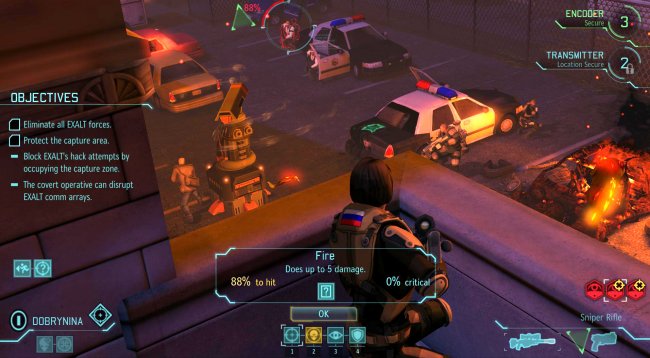
When you're doing an expansion like this, how much do you tinker with the in-game systems? Where do you draw the line?
So the Civ roadmap is to go one third new systems, one third upgrades to existing systems, and one third fixing problems. We started out with that intention, then we ended up not doing that. We ended up doing a lot more new stuff. But we did still do a fair amount of tinkering. That ran the gamut from minor changes, like soldier ranking is now slower. When we launched Enemy Unknown we thought soldier ranking... we launched with the idea that if you have a full wipe of your very best a-team halfway through the game, that you needed to be able to fully rebound from that, and have another such team raised up during the second half of the game. We backed off of that, we decided that for the expansion that was a little too forgiving, that players were ranking up their soldiers very quickly. We also underestimated the number of missions people were going to be doing before the final mission. We kind of pegged it at 25-30, but our metrics indicate that people were really taking more like 30-35, and those extra missions make quite a big difference. That's an example of where we tinker with a low-level gameplay system.
We made a lot of improvements. You may have noticed in the demo there was a "Make Items Available" button on the squad selection? That was something that our fans called out for, something to help them manage their inventory better. So now if you click that, any item that is not equipped on a soldier standing in front of you in the lineup will be returned to the locker, so there's no longer: "who did I give the arc thrower to?" - now you can just push a button. So we definitely did a lot of tinkering, improving and streamlining, but I was very pleased with how much we were able to add new as well.
Which of the smaller changes will have the biggest impact?
I think from a usability point of view, that "Make Items Available" button is just invaluable. It makes managing your squad so much easier. From an immersion and play point of view, I think unlocking the data so all the localised forces are available as a soldier customisation option, so not everyone is using the same language. In Enemy Unknown all of your soldiers use the same language that you install the game in. If you use the French install they all speak French, now language is a customisation option, I think that's a lot of fun.
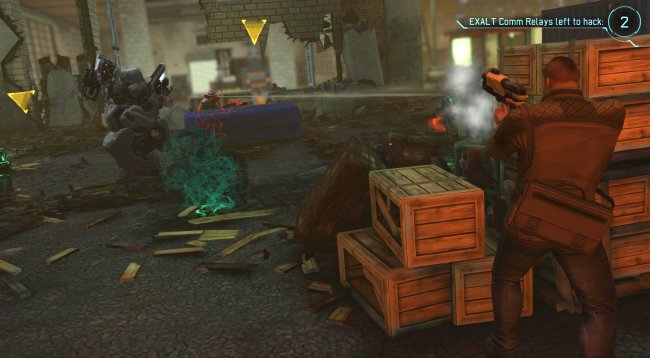
How much impact does the community have on your decision making?
I think a lot. I think we definitely pay a lot of attention to the community when it comes to prioritising bugs, so if the game has some bugs that are especially irritating to the community we really do try to prioritise those high. The teleportation bugs that people saw in the original game, we've tried really hard to eliminate. Some of the flanking issues where the game was a little confused about who had flanking position; that was very intransigent because players saw there was a flanking bug, but actually turns out that there were thirteen flanking bugs, and three of them are fixed systemically and the other ten are fixed through painstaking adjustments to geometry levels. So we had a breadth of success in addressing that, but we did fix all the systemic occurrences. But that's the kind of thing where those two bugs kept bubbling to the top in terms of community feedback, and when we're looking at our bug list and stuff that is not 'showstopper', then that's the stuff we really try to hit.
But then in terms of not just bugs, but in terms of things like those features, when we saw what the community wanted in terms of new maps, obviously that became a very big priority for this expansion, so we increased the map count by quite a lot. Because players really wanted more maps. Originally on the expansion the production plan was to go very deep on maps, to go deep but not broad. So we would produce a handful of very unique looking, unique playing maps, with a whole lot of new art. But as we saw the feedback from the community we saw that we needed to take the opposite approach. Let's put the brakes on that approach, and let's adopt an approach that lets us have a lot of new maps. Even if it's heavily reusing some art assets, we'll use some tricks, we'll use some of the things we've learned over the production process of Enemy Unknown and generate a lot of new maps instead of a few dramatically different ones.
What do you feel were the weakest points of Enemy Unknown, and how are you making that right in Enemy Within?
The thing that I'm happiest that we were able to reinforce in Enemy Within was the behavior on the strategy layer, where the alien invasion is a very challenging and interesting thing to fight against, but it's also a little bit one dimensional, which is appropriate, I mean it's this giant overwhelming alien force. Their approach doesn't have to be hugely subtle. But the opportunity to add more subtle gameplay with Exalt, where the player determines when and where the covert ops occur. The player's not simply thrown into missions by Exalt and forced to deal with them or ignore them, but instead the player can seize the initiative and determine when and where to confront Exalt, and that is something I think is really good.

So how exactly does Exalt change the dynamic of the campaign?
So they show up in May. When in May is determined by difficulty. What's really cool about Exalt is since they place themselves randomly around the world - I mean they're not random, there's AI that determines where they place the cells - they really try to place cells, especially on the harder difficulty settings, where they'll do the most damage to Xcom's cause.
The thing that is most different about Exalt is they're not mandatory missions. You can deal with Exalt at your own pace, you can deal with Exalt when it suits you. Of course, sometimes they pose a big problem because you want to deal with them and you also don't want your best soldiers out on covert ops duty, incase a terror mission pops or something like that. You've got to be very careful, and takes some interesting play, but this idea of a fencing match rather than a shot at goal. I compare it to being a keeper in soccer, where the aliens are throwing the balls and you have to block them, you have to field these shots at goal. Whereas Exalt is more like a fencing match, it's more back and forth, and the tempo can shift.
With Exalt, what kind of technology do they have access to? Do they have access to the new abilities that you're bringing in with the expansion?
This is an interesting part of Exalt's storyline. They see the alien technology as a path to power, as a path to infiltrating, undermining, and ultimately overthrowing the institutions - like The Council and Xcom - that sort of run the world, and run the defence against the aliens. So Exalt is very interested in the technology and artifacts. The problem that Exalt faces is that, and this is why they'll never get as high in technology as Xcom does, the problem is that Exalt want the aliens to succeed. They will not as aggressively pursue alien technology to use it against the aliens, whereas Xcom does. So yes, Exalt will improve, later in the game they become Exalt Elites, with more genemods and better training, better weapons, but their ceiling is lower than Xcom's.
Do they ever fight alongside the aliens?
No. They're separate. That's because they are not allied with the aliens. They see the aliens as opportunity. They want the aliens to succeed in their invasion and genetic infection project, but they also want to follow in the alien's footsteps and scoop up the technology and deny it to The Council and to Xcom. But they also don't want to cross paths with the aliens, they want not to interfere. So they do not take the same side as the aliens, you will never face them both on the same battlefield. Except in multiplayer, when you can do whatever you want
Where are you now? Are just ironing out the kinks?
We're done. It's just a matter of getting all the logistics on the shipping end.
Xcom: Enemy Within is set to be unleashed on strategy fans on November 15, 2013. PC gamers will be able to download the expansion, whereas the size and complexity of the package means console owners will have to grab a disc-based copy of the game from their local specialist retailer.
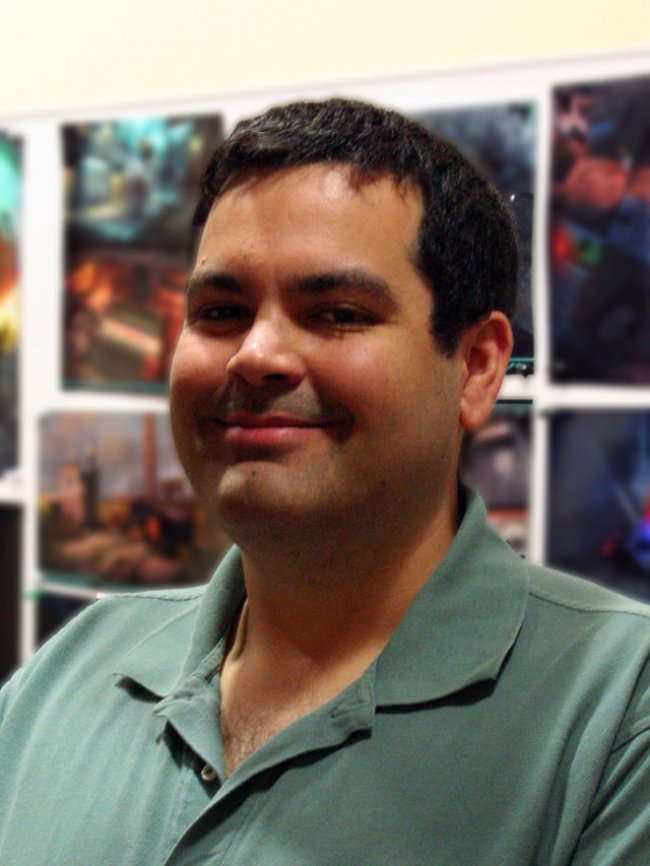
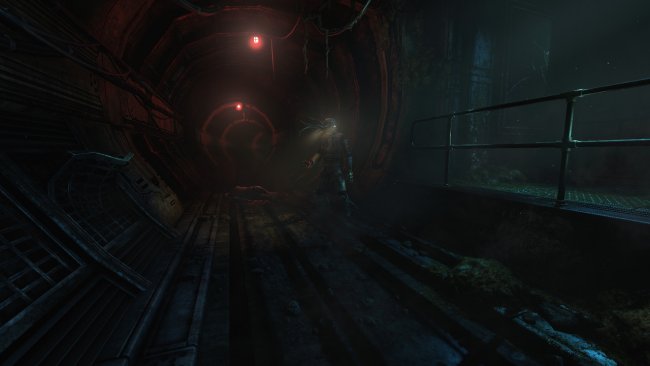
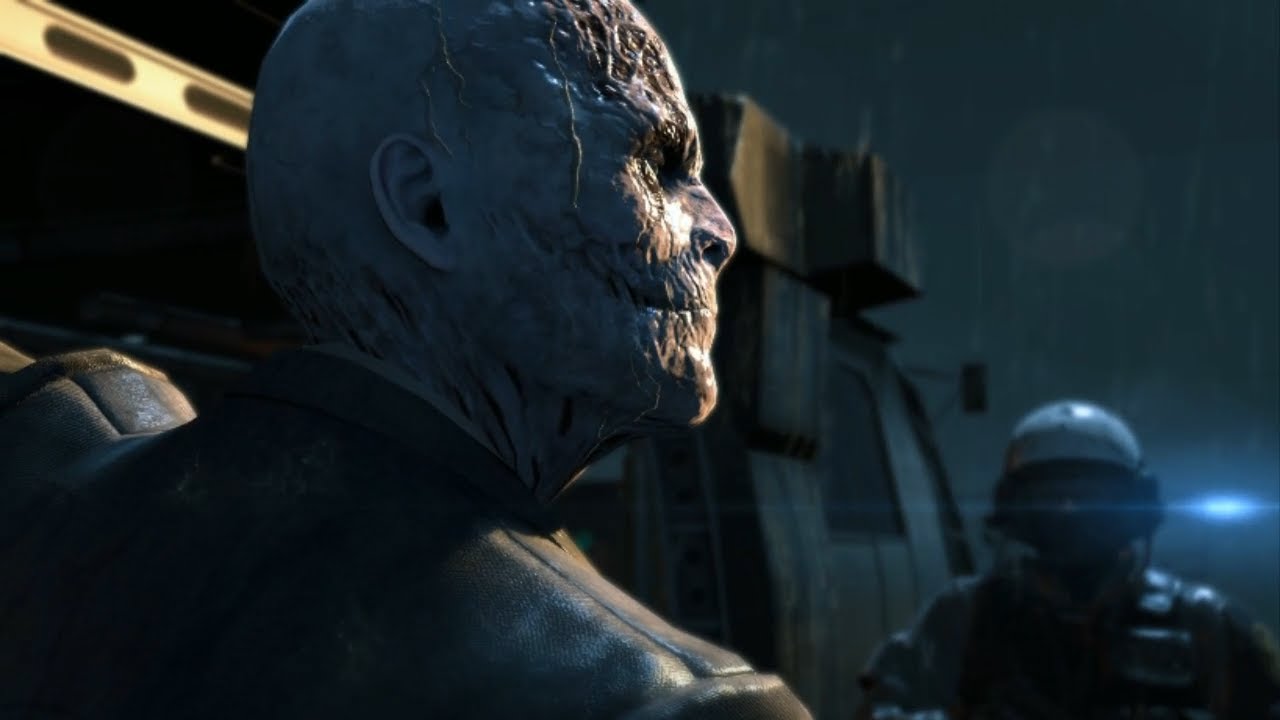
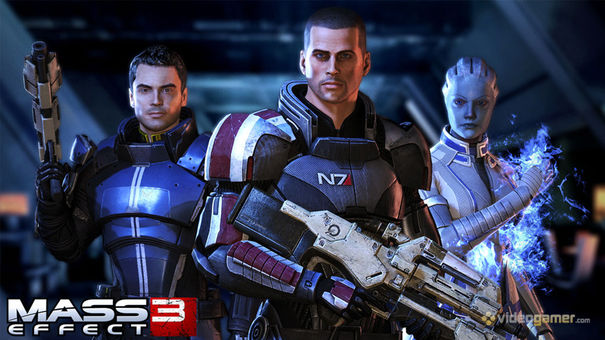

 How to Make Career in Gaming
How to Make Career in Gaming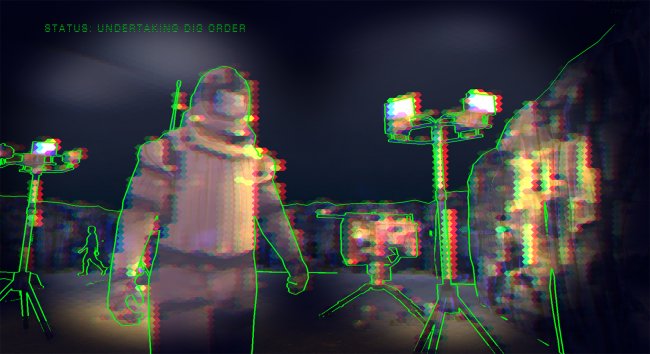 Indie Calendar
Indie Calendar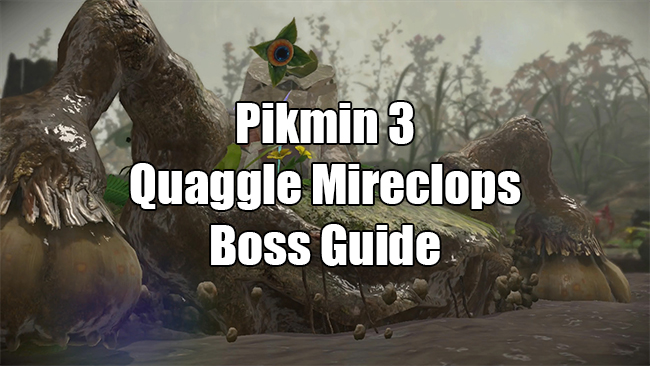 Pikmin 3 Guide - Quaggled Mireclops Boss Guide - GamersHeroes
Pikmin 3 Guide - Quaggled Mireclops Boss Guide - GamersHeroes Star Wars Battlefront lacks content, but it’s the simplistic shooter we need
Star Wars Battlefront lacks content, but it’s the simplistic shooter we need Thief Walkthrough Chapter 8: The Dawn’s Light – How to Beat Primal Erin
Thief Walkthrough Chapter 8: The Dawn’s Light – How to Beat Primal Erin